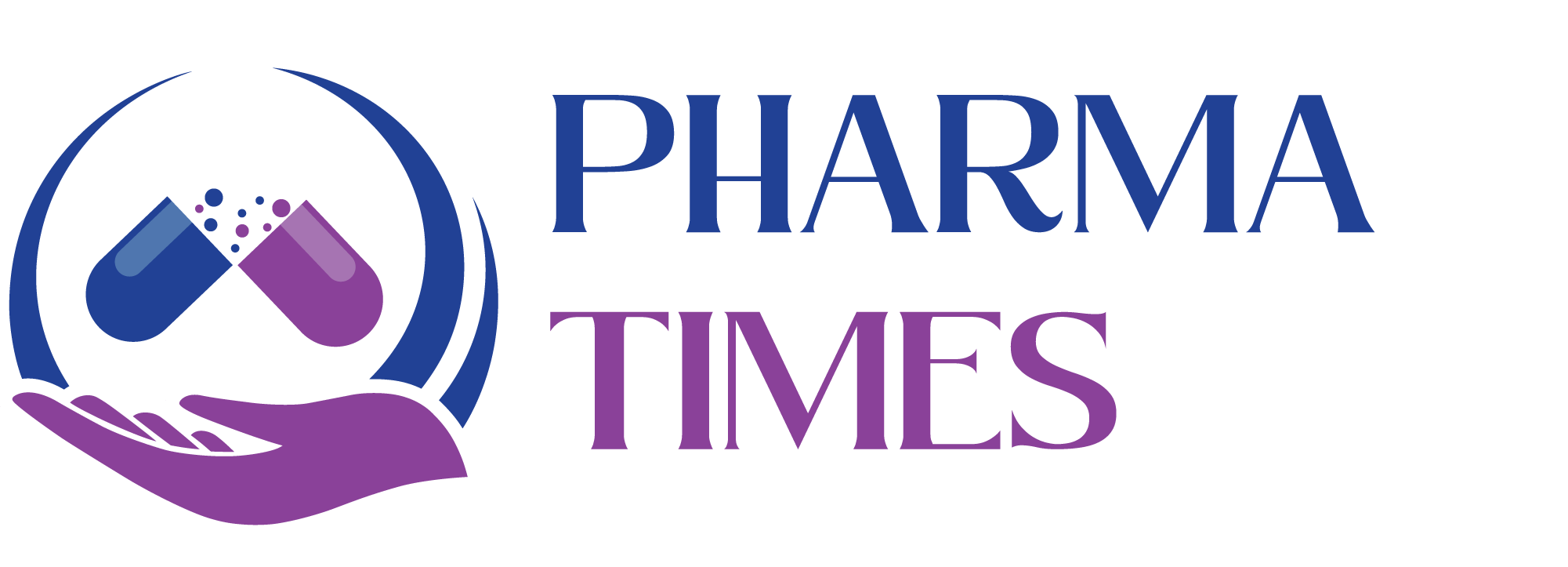Risk-Benefit Assessment: Clinical research

🧪Evaluating the Potential Risks and Benefits of the Research for Participants
🔍 1. What is Risk-Benefit Assessment in Clinical Research?
Risk-Benefit Assessment is a critical ethical and scientific evaluation process in which researchers, sponsors, and ethics committees determine whether the potential benefits of a clinical study justify the risks posed to participants.
It is a cornerstone of ethical research and is emphasized in:
-
Declaration of Helsinki
-
ICH-GCP E6 (R2)
-
Belmont Report
-
National and international regulatory guidelines
⚖️ 2. Types of Risks in Clinical Research
| Type of Risk | Examples |
|---|---|
| Physical | Side effects, injury, hospitalization |
| Psychological | Anxiety, depression, stress due to procedures |
| Social | Loss of privacy, discrimination |
| Legal | Risk of legal implications due to disclosures |
| Economic | Costs not covered by insurance, loss of wages |
Risks may be anticipated or unforeseen, temporary or long-lasting, and minor or serious.
✅ 3. Types of Benefits
| Type of Benefit | Examples |
|---|---|
| Direct Benefits | Improvement in health condition, access to investigational therapy |
| Indirect Benefits | Contribution to science, improved care for future patients |
| Societal Benefits | Advances in public health, evidence for policy-making |
Important: Not all participants will directly benefit from a study, especially in Phase I or healthy volunteer trials.
🛠️ 4. Who Evaluates the Risk-Benefit Ratio?
-
Investigators (during protocol development)
-
Institutional Review Boards (IRBs)/Ethics Committees (ECs)
-
Regulatory Authorities (e.g., FDA, EMA, MHRA)
-
Data Safety Monitoring Boards (DSMBs) during the trial
📋 5. Principles Guiding Risk-Benefit Assessment
-
Minimization of Risk
-
Use less invasive methods
-
Implement safety monitoring
-
Apply risk mitigation strategies
-
-
Maximization of Benefit
-
Provide access to better diagnostics or treatments
-
Offer ancillary care when appropriate
-
-
Favorable Risk-Benefit Ratio
-
The anticipated benefits must outweigh the foreseeable risks
-
Especially important when involving vulnerable populations
-
📊 6. Tools and Methods for Risk-Benefit Analysis
-
Risk matrices (plotting probability vs. severity)
-
Quantitative modeling (when possible in later-phase studies)
-
Ongoing safety data review
-
Patient feedback and community engagement
🔄 7. Continuous Risk-Benefit Monitoring
Risk-benefit assessment is not a one-time decision:
-
Reviewed at trial approval stage
-
Re-assessed during interim analyses
-
Updated with new safety data or protocol amendments
-
May lead to protocol changes, early termination, or study pause
⚠️ 8. When Is a Trial Unethical?
-
When risks are disproportionate to benefits
-
When participants are not adequately informed
-
When safety data is concealed or misrepresented
-
When no value (scientific or societal) is likely to result
🧠 Conclusion
Risk-benefit assessment is fundamental to protecting participants, ensuring ethical conduct, and producing meaningful clinical data. It requires transparency, scientific rigor, and ethical sensitivity at every stage of the trial.
🎓 Discover one of the best Pharmaceutical Clinical research and clinical data management course available — click below to explore the course that’s shaping future Clinical research skills.

